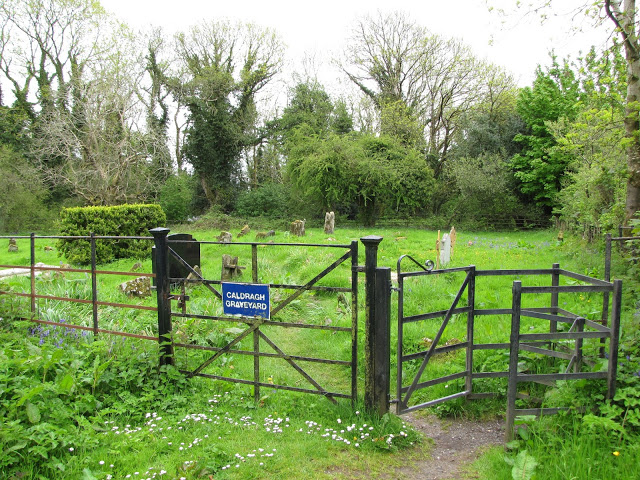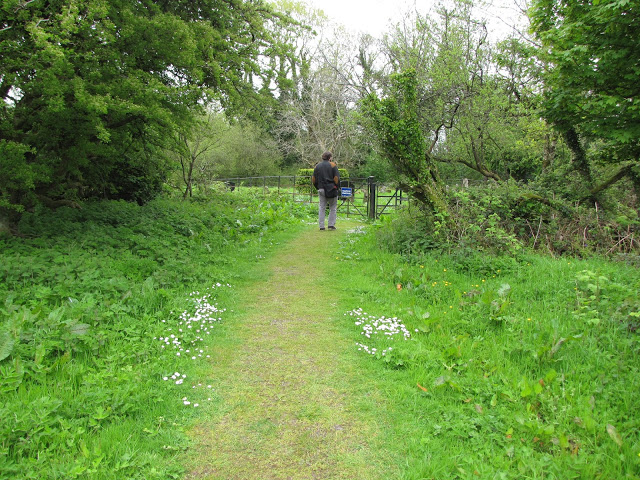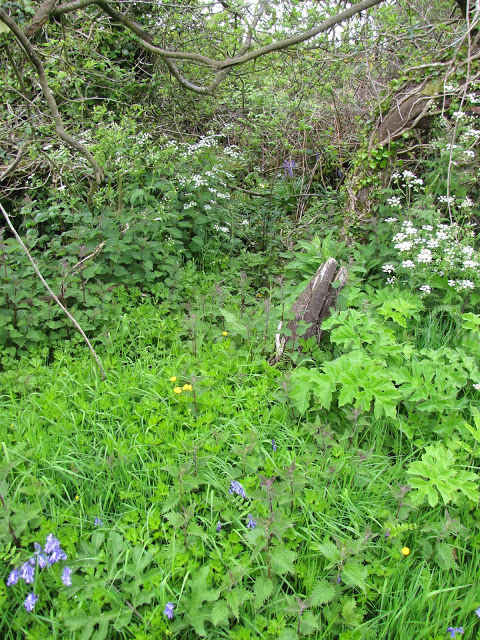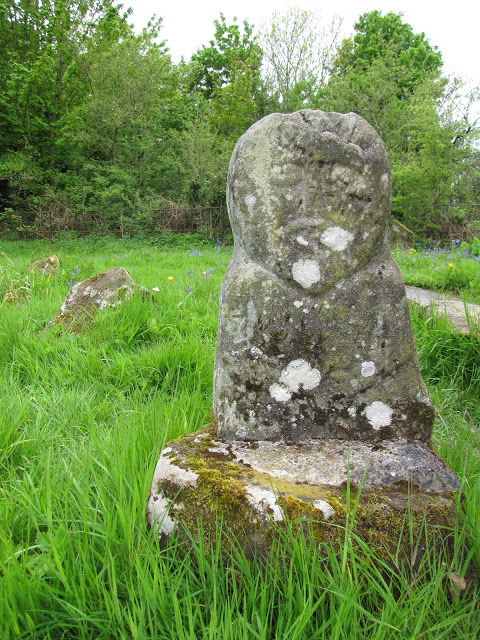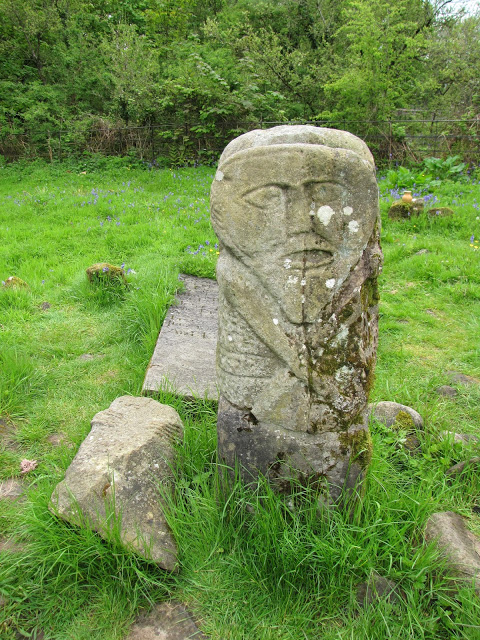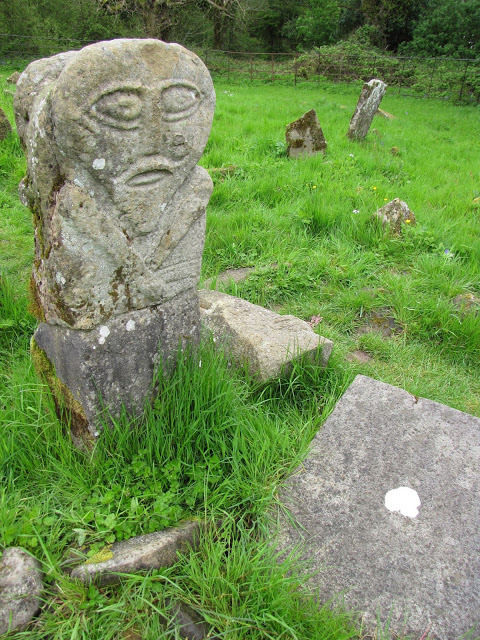
We left Dunluce Castle and the northern coast to begin our descent south and west. Our new route took us off of the “M” motorways—those broad, smoothly paved passages which extend from Dublin and Belfast across the eastern regions—and onto the network of narrow, winding roads that connect the rest of the island. Suddenly, our destinations seemed much further away.
Having swapped the great, straight swathes of pavement for slender, twisting lanes, we were also headed towards quieter and more secluded landmarks near the border of the two Irelands.
Our first stop was Caldragh Cemetery on Boa Island. A spit of earth along the northern edge of Lough Erne (aka, Lake Erne), Boa Island is accessible by car thanks to bridges connecting its central road to the mainland. The island is lovely in and of itself, but the primary draw for tourists is Caldragh Cemetery and its two mysterious inhabitants: the Janus Figure and the Lusty Man.
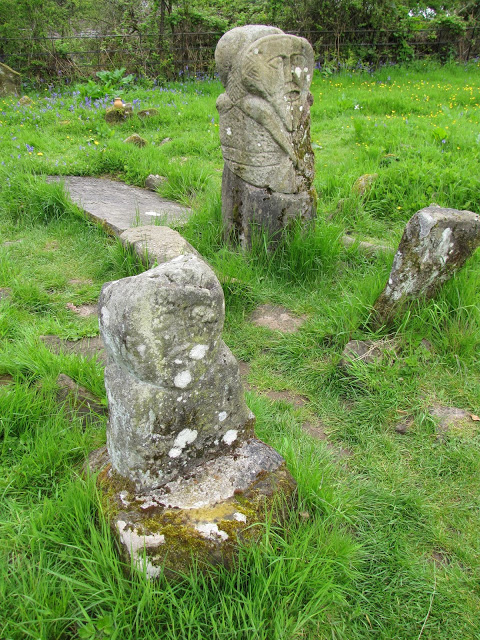
To reach the cemetery, we turned off the main road onto what appeared to be a long, unpaved driveway. The lane terminated after about a mile beside rusting farming equipment and a small footpath. Even on a Saturday afternoon, ours was the only car around.
The site immediately impresses with the sheer lushness of its environment. Gnarled, ancient trees draped in vines encircle the clearing while bright blue, yellow, and white flowers punctuate a fluorescent landscape of broadleaf plants and long, soft grasses. The overall effect is one of a kind of quiet, bountiful life that only cemeteries seem to have.
Consistent with the natural understatedness of the site, the statues are almost indistinguishable from the tombstones around them. From a distance even the Janus Figure–the larger and better preserved of the sculptures–appears to be an only slightly grander grave marker. As its name implies, the Janus Figure (also known as the Boa Island Figure) consists of two back-to-back male faces. Its small, headless torso lies in the grass beside it.
The Lusty Man now sits a few feet away, but was originally discovered in a cemetery on the nearby Lusty Mor Island. It was moved to its current location in 1939. The exact ages, purposes, and identities of the figures are unknown, although both are probably pre-Christian.


Photos by Renée DeVoe Mertz, May 25, 2013.
